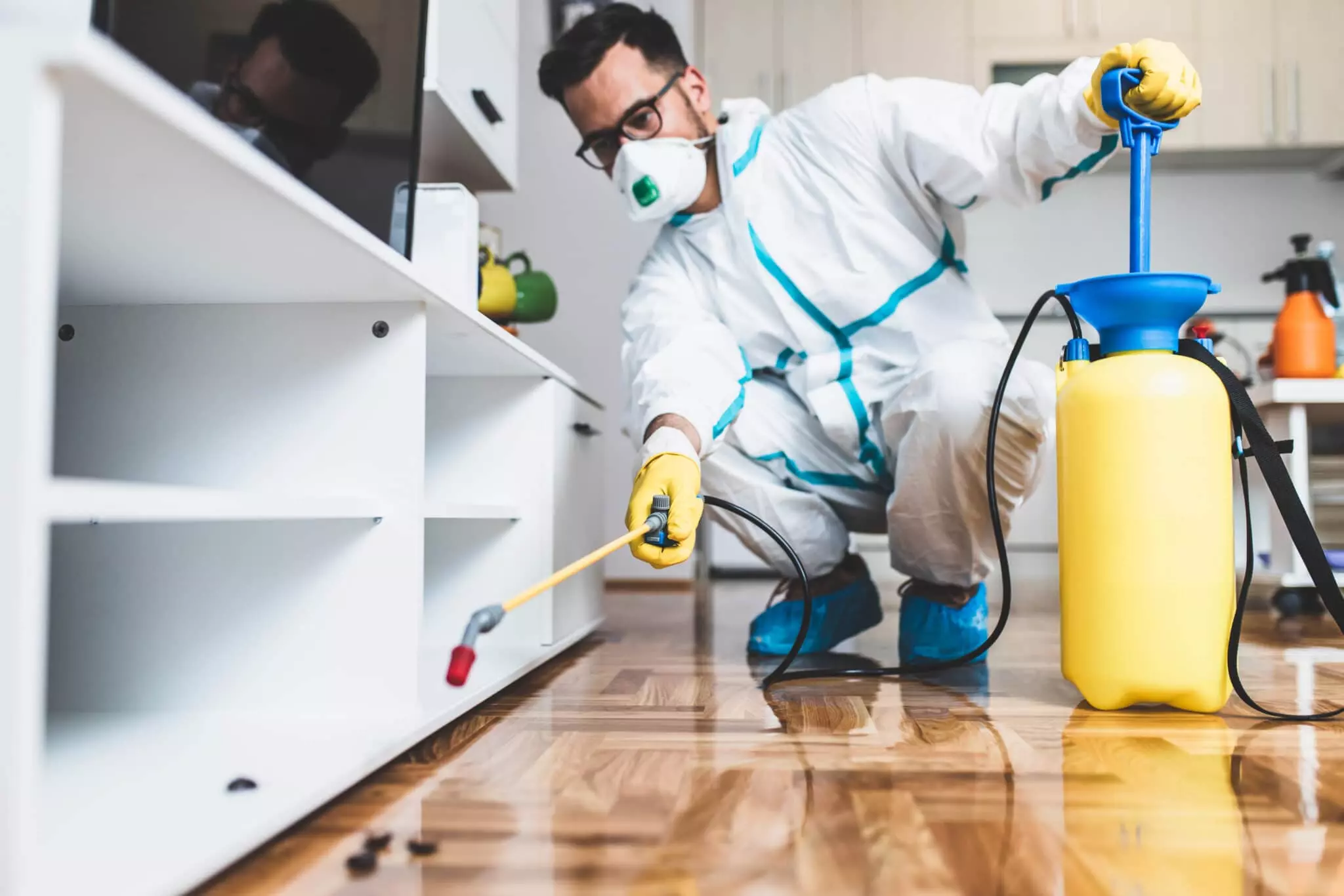Bed Bug Therapy Breakdown: Comparing Chemical Vs. Non-Chemical Solutions
In the world of insect control, especially when managing the persistent issue of bed insects, the option in between chemical and non-chemical therapy remedies can be a pivotal one. Both approaches provide unique advantages and drawbacks, affecting factors such as effectiveness, safety considerations, and general price. By analyzing the nuanced details of each technique, a more clear understanding of which path to go after in addressing a bed bug infestation can be acquired.
Effectiveness of Chemical Treatments
Chemical treatments for bed bug infestations have actually been widely identified for their quick and powerful efficacy in eradicating these parasites. When considering the efficiency of chemical treatments, it is critical to recognize that they can give a fast and comprehensive service to a bed insect issue. Professional exterminators frequently count on insecticides to target bed pests at numerous phases of their life cycle, consisting of grownups, fairies, and eggs. These chemicals typically function by interrupting the bed bugs' nerve system, leading to paralysis and eventual death.
Furthermore, chemical therapies have the benefit of supplying residual impacts, meaning that they can proceed to eliminate bed insects also after the initial application. This recurring action is especially beneficial in combating any type of prospective re-infestations. Furthermore, the rapid action of chemical therapies can bring alleviation to individuals dealing with severe bed insect problems, permitting them to restore control of their home quickly.
Security Worries With Chemical Solutions
One crucial element that needs careful factor to consider when making use of chemical remedies for bed pest therapy is making certain the safety of occupants and the environment. While chemical treatments can be reliable in getting rid of bed pests, they might position risks if not handled properly. Among the key safety and security worry about chemical services is the possible damage they can cause to human health. Exposure to specific chemicals used in bed pest treatments can result in respiratory issues, skin irritation, or other unfavorable reactions, specifically in individuals with pre-existing problems or sensitivities. Additionally, inappropriate application or dosage of chemical pesticides can result in poisonous residues sticking around in the cured area, posturing long-term health and wellness dangers to occupants.
In addition, the environmental effect of chemical solutions is an additional significant factor to consider. Some chemicals used in bed pest treatments might be damaging to beneficial bugs, wildlife, and communities if they seep right into the dirt or water systems. It is important to use chemical treatments carefully, adhering to security standards, and thinking about less harmful options to minimize these dangers and make sure the efficient and secure monitoring of bed pest problems.
Advantages of Non-Chemical Approaches
Considering the possible safety concerns and ecological effect linked with chemical options for bed insect treatment, discovering non-chemical methods offers an encouraging option with several distinctive benefits. Non-chemical treatments are environmentally pleasant, as they do not contribute to air or water air pollution, making them a sustainable option for parasite control.
In addition, non-chemical solutions can be efficient in targeting bed pests, including hard-to-reach areas where chemical treatments may not pass through - A1 pest control charlotte nc bed bugs. Techniques such as warm treatment, vacuuming, heavy steam cleansing, and cushion coverings provide extensive obliteration without the use of harmful chemicals.
Limitations of Non-Chemical Treatments

Additionally, non-chemical therapies often require several applications to accomplish effective eradication. This can be taxing and might not constantly guarantee complete removal of all bed bugs and their eggs, particularly in hard-to-reach or concealed areas.
Furthermore, the success of non-chemical therapies greatly depends on correct execution and thoroughness, which can be challenging for individuals without expert know-how. Poor application of non-chemical approaches might cause incomplete removal, resulting in consistent invasions and the requirement for additional therapies.
As a result, while non-chemical treatments have their advantages, it is important to acknowledge these limitations and consider them when determining one of the most reliable strategy for handling bed insect invasions.
Expense Comparison: Chemical Vs. Non-Chemical Options
Provided the restrictions associated with non-chemical treatments, an important facet to review in the context of bed bug administration is the expense comparison between chemical and non-chemical alternatives. In comparison, non-chemical therapies like warmth treatment or vapor can be extra expensive, with expenses varying from $1,000 to $6,000 for an entire home. While the first price of chemical treatments may seem reduced, multiple treatments might be called for to totally remove the problem, potentially enhancing the general price.
Verdict

Taking into consideration the potential safety issues and ecological influence connected with chemical options for bed pest therapy, exploring non-chemical methods provides an encouraging alternative with several unique benefits.Provided the restrictions linked with non-chemical therapies, an important element to examine in the context of bed insect monitoring is the cost contrast in between chemical and non-chemical alternatives. In contrast, non-chemical therapies like heat treatment or heavy steam can be extra pricey, with prices ranging from $1,000 to $6,000 for an entire home. While the initial cost of chemical therapies might seem reduced, several treatments may be called for to fully eradicate the infestation, click over here possibly raising the total expense.In verdict, when contrasting chemical and non-chemical bed pest treatment choices, it is important to think about effectiveness, safety, advantages, constraints, and expense.
Comments on “A1 Bed Bug Exterminator Charlotte - Specialized Bed Bug Elimination”